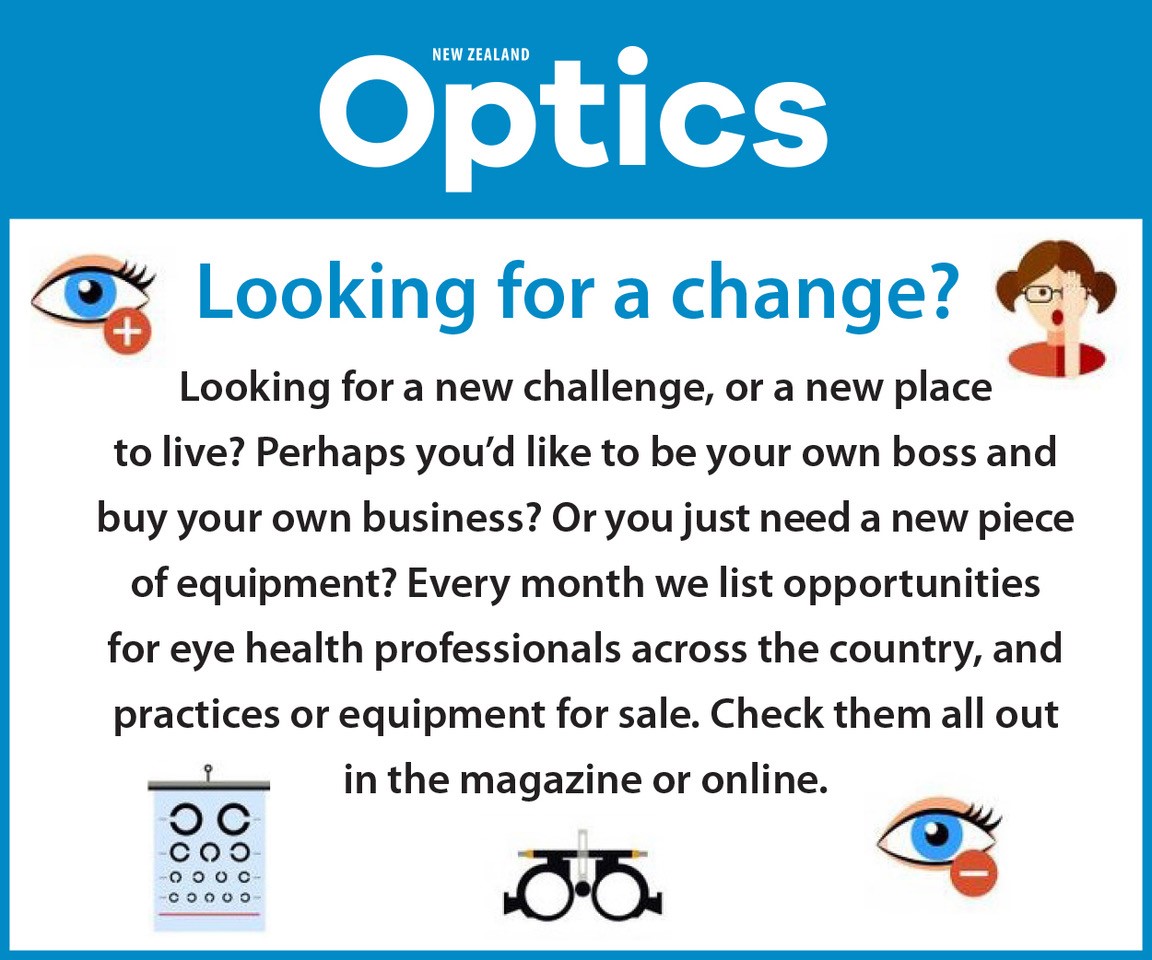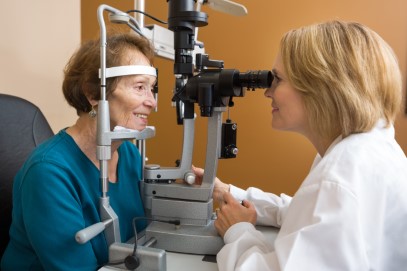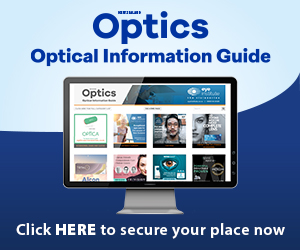Tackling frustrations
Ophthalmologists are not surprised at the ongoing difficulties the District Health Boards (DHBs) are having with timely ophthalmology follow-up appointments. ‘Fight the queue’ has always been a challenge for all eye clinic workers, made worse by the advent of anti-VEGF treatments, which have massively increased clinic work. Government directives that departments would be penalized if they did not see new patients within defined time intervals forced administrators to bounce follow-up appointments in favour of first specialist assessments, creating a now well-known backlog of unserviceable follow-up loads, and a forced ‘denial of care’ for many distressing eye conditions.
This is now hopefully being addressed. But, in my view, the state of our medical records remains a serious impediment to improving care and efficiencies in our DHB clinics. Apart from ‘contracting’ clinics, DHB clinics are still creating paper notes in manila folders. For some, the number of folders and paper within them has accumulated to such a degree that retrieving one nugget of relevant patient information is often not practicable given the time constraints of a typical clinical interview. To try and bring some order to this, some DHBs insert a piece of paper into the patient’s folder with different ‘boxes’ printed on it, to be filled in by hand each time a patient attends a clinic. This is truly expensive in paper space and doesn’t solve the underlying problem; in fact, it exacerbates it.
A debilitating inability to access today’s screening tools
In most DHBs, there are also no ‘on-screen’ electronic representations of images or reports from today’s all-important assessment devices which are now used routinely to help diagnose and monitor our patients. Often these can only be retrieved by going to the device directly and browsing manually, or sorting through paper in overloaded manila folders!
This lamentable hybrid mix of paper and up to five ‘online’ programmes, which do not interoperate, is a great hindrance to the practice of efficient ophthalmology in DHB public clinics. Contracting clinics mostly use modern electronic health record (EHR) and practice management systems and, unsurprisingly, don’t have a floating population of un-dedicated follow-up appointments and the, well-publicized, morbidity which results.
There are few complainers in New Zealand public clinics, however long the clinic gap has been and even when there has been a dramatic worsening of the patient’s condition as a result. The best expression of quiescent patient attitudes came from one person I met, who said: “I know it’s none of my business doctor, but am I going blind?”
This Kiwi-way also causes a problem with the Clinical Priority Assessment Criteria (CPAC) cataract prioritisation system, where elderly people often underplay their difficulties and thus slow their path to surgery when there is clearly a need.
But back to this lack of images in today’s DHB systems; it is an anachronism for professional guardians of the eye to be handicapped by only having paper images or, worse, no images at all. An ophthalmologist without images is like a radiologist without x-rays! In most DHBs, with the exception of onsite OCTs, there are no on-screen images accessible at all. My impression today is there are even less photos being taken in DHB clinics than we had in the ’70s, when patients with retinal problems always had a sleeve of filmstrips to view with high plus glasses, enabling a 3D view of discs and maculae.
Concerto – an easy fix?
Health software firm Orion supplies its system, Concerto, to nearly all the country’s DHBs. The company’s South Island manifestation is called Health Connect South (HCS) and it’s certainly a significant achievement to have one information portal to allow potential interoperability between DHBs, so there are many virtues to this product. But Concerto does not yet file images or reports from devices.
I believe that modern ophthalmology, with today’s abundance of scanning and assessment technology, cannot be well managed except by a paperless practice. Frustratingly, this could be achieved with the Concerto software platform, if its ‘clinical document viewer’ was given the ability to file reports and images from different devices. And, as I understand it, this is an easy fix for Orion to make. So why hasn’t it been done?
Claire Harman, the Ministry of Health’s (MOH’s) senior communications advisor, said it is up to the health provider which software it chooses and, in many cases, a health provider will use multiple products to meet its needs. Thus, she said, the problem should be referred to Orion.
So I made a formal proposal to Orion to improve the functionality of HCS/Concerto by getting it to display images and reports. I was kindly supported in this by the executive committee of the New Zealand branch of the Royal Australian and New Zealand College of Ophthalmologists (RANZCO). But Orion said I should address my concerns to the South Island’s Clinical Informatics Leadership Team (the group’s acronym is CILT). Timaru’s chief medical officer Steve Earnshaw chairs this team, which is part of the MOH’s South Island Alliance (SIA), which looks after the HCS programme.
The block of bureaucracy
I have since been told that, yes, this proposal has been approved and it is “something that the HCS should do”, but it currently rests with the group’s ‘Eyecare advisory group’. Apparently, there are many demands on Orion for Concerto at this time, particularly from Canterbury DHB, and it cannot take any action unless CILT tells it to! And so, we go round.
As noted above, lying behind CILT is the South Island Alliance (www.siallance.health.nz). Procedurally, CILT decides what functionality will be included in a regional information system – at present HCS in the South Island, or Concerto by another name - so Orion cannot independently develop functionality like filing images and reports, however crucial it may be. So, it appears my proposal, even with RANZCO’s support, is stuck in a bureaucratic maze.
Cost, politics and the lack of alternatives
Further private enquiries to people within Orion about how much it would cost to include image and report functionality in Concerto revealed it would require hiring the services of a business analyst. However, they also admit Concerto already has the functionality to display images, but it has been turned off! Informal estimates, from three independent members of Orion’s team, have suggested the cost for turning it back on is little more than a few hours’ time. But, Orion cannot move on this, until told to by CILT. So, care of our patients’ sight continues to be handicapped because no one’s taking responsibility for pushing the button!
From my understanding of this sad situation, this problem is compounded by the fact that the politics and cost of implementing an alternative image displaying software system across our DHBs appears to be prohibitive. Christchurch has the Synergy product from Topcon and, of the four private clinics contracting to the DHB, three run Best Practice’s ophthalmology system. The rest hold their images and reports on paper or in the camera, or in software that is not actually being used. Some DHBs also have software from Zeiss and Heidleberg Engineering, but appear to be using it ineffectively, and there’s seldom a designated photographer available to take, maintain and share patient image records in clinics. Confusingly, Christchurch also appears to have plans for another imaging access system called, ‘Weblogic’. But why, when there is no real technical reason why our DHB departments can’t have their cameras hooked up to Concerto to access, share and display images as and when needed? If we had this, we would then be able to teach and encourage more clinic personnel to take pictures and this would greatly facilitate the clinical process. In the meantime, however, this obvious enhancement is on the back burner and nothing is being done!
Concerto also has the capabilities to function as an efficient EHR system, especially as a new and better version of its Winscribe dictation system has been released, which means medical staff could now just dictate their notes directly into Concerto. But again, this isn’t being rolled out yet nor is the basic system being used as it could as DHBs remain wedded to their paper filing systems. Perhaps everything is being deferred on the assumption that some sort of big technological bang is around the corner. Unfortunately, this is unlikely to produce anything new, so it is a dubious expectation without foundation.
I think it undeniable there is a toxic hybrid of hard-copy and non-interoperable software in our DHBs, compounded by a lack of willingness to change. This fatal combination creates an iceberg that cannot be safely navigated around. As a first step we, collectively, have to acknowledge that there is a way forward, and it’s staring us in the face, literally looking out at us from our HCS screens. Concerto has the capability, we just have to authorize and embrace the changes needed.
Dr Mike Mair is a South Island locum ophthalmologist, having retired from private practice in 2015 after three decades as director of Timaru Eye Clinic. A progressive thinker, and an early adopter of EHR, he is a passionate believer in technology and improved processes to better serve the needs of both patients and the eye health community in New Zealand. He has no commercial interest in any companies mentioned in this article.


























